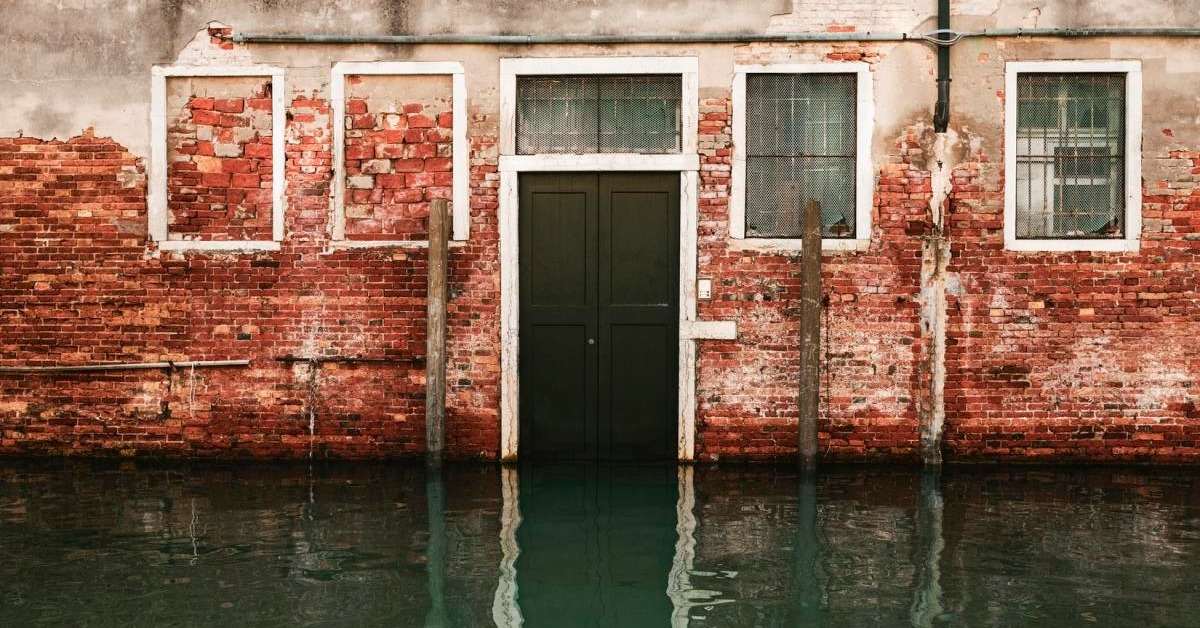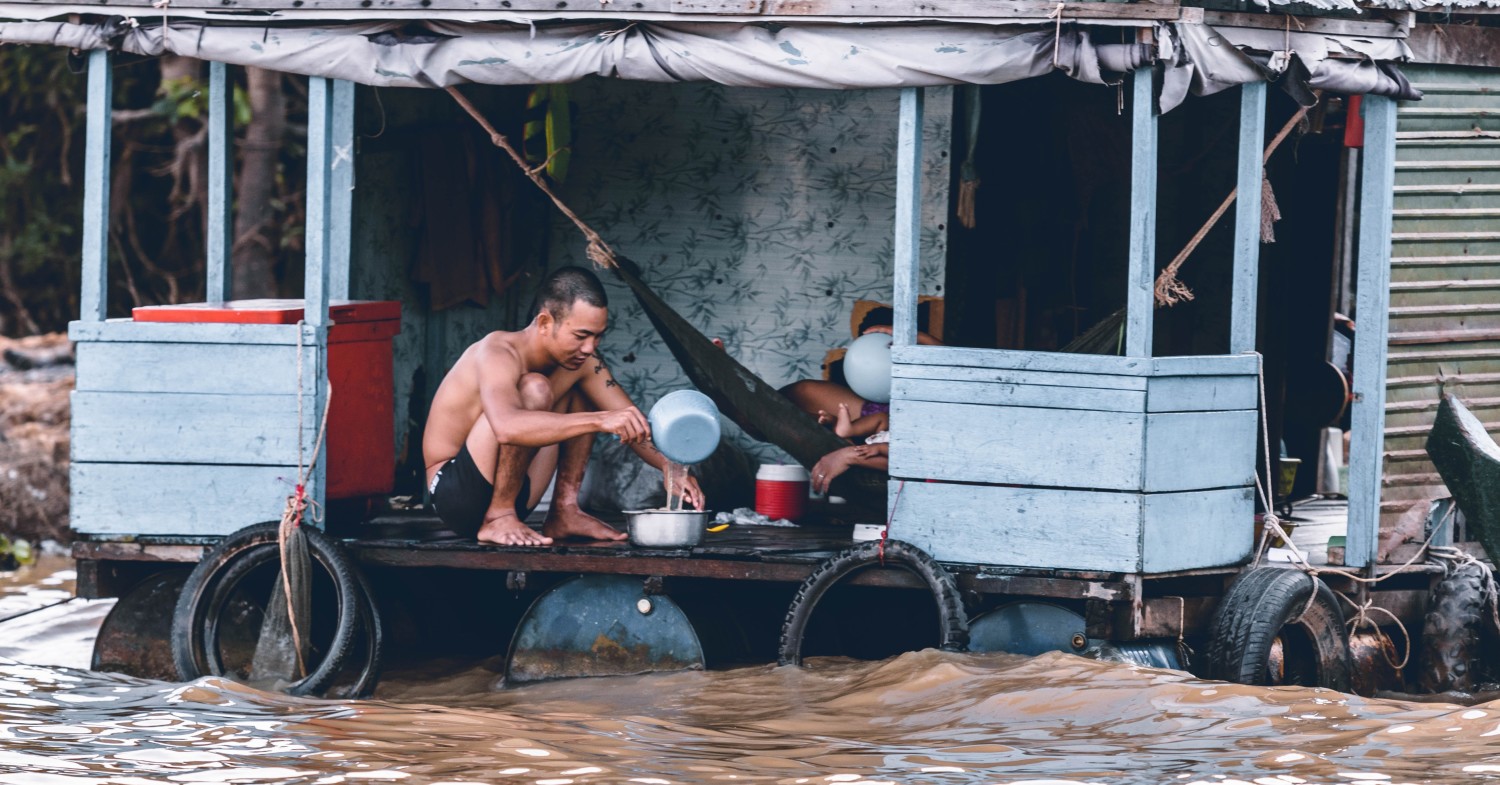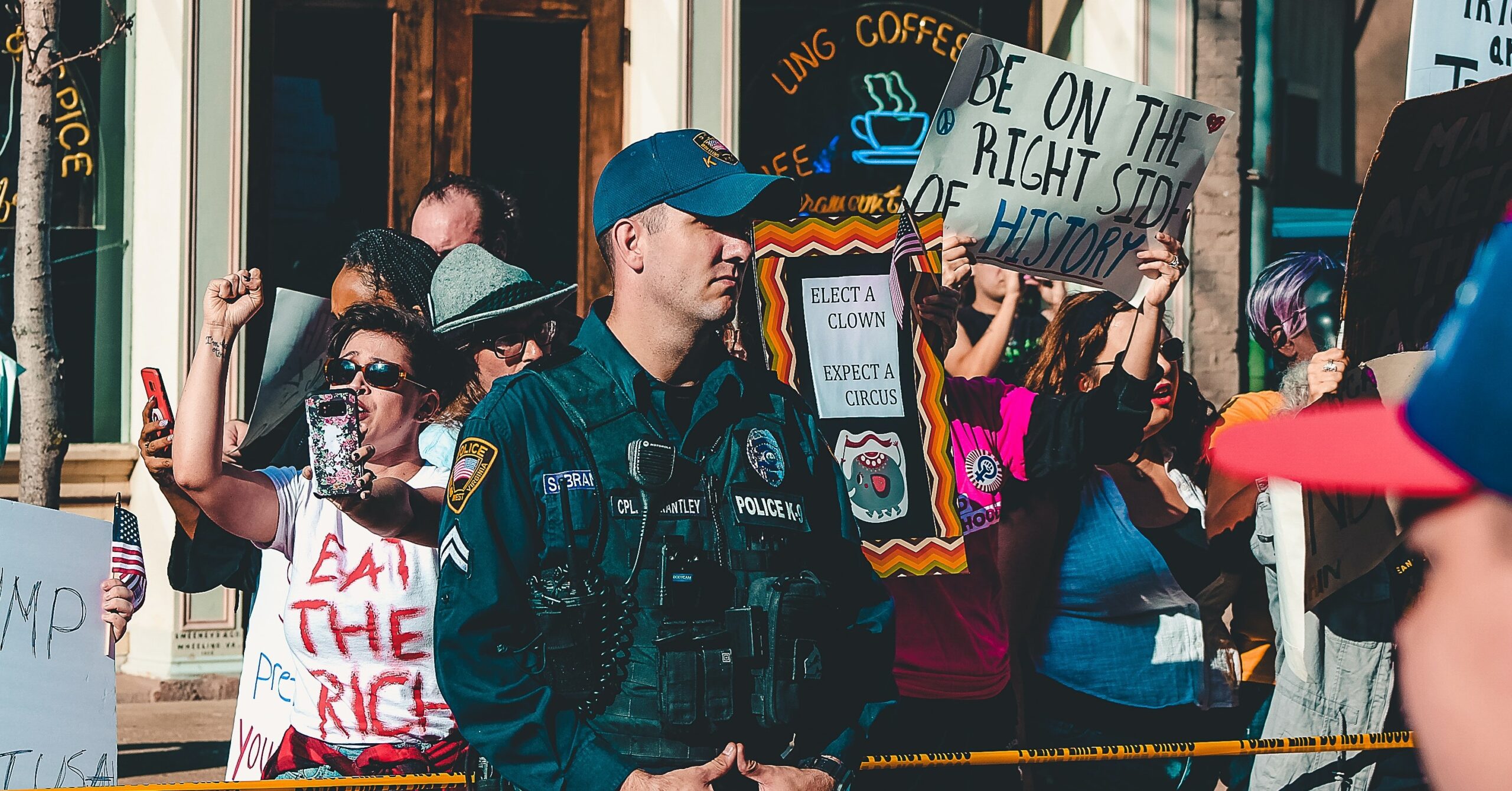
Working In Trauma and Disaster Mental Health With An MSW
Social work plays a critical role in trauma and disaster [...]

No one can predict when a natural catastrophe will occur. Earthquakes, tornadoes, hurricanes, and floods arrive on their own schedule, with devastating consequences. Human-caused tragedies like arson, explosions, and mass shootings are as difficult to foresee and as calamitous in their impact.
The aftermath of traumatic events weighs heavily on those impacted. It can lead to collective trauma and post-traumatic or acute stress. Triggers from these events can lead to emotional distress symptoms that can last for weeks, months, or even years– some never go away. In addition, many of these disasters cause physical injuries, damage to or loss of property, displacement, and loss of life.
The COVID-19 pandemic that began in 2020 impacted mental, emotional, and physical health. Hospitalizations and death tolls hit record levels, resulting in the loss of loved ones and forcing survivors to adjust. Even for those not directly affected, the continuous news coverage of daily cases and deaths surging worldwide, the abrupt pivot from classrooms to online learning, and isolation from family and friends caused increased anxiety, depression, fear, and uncertainty.
Skilled social workers and mental health professionals, including counselors, trauma therapists, and psychologists, play a critical role in supporting individuals’ and communities’ emotional health and well-being. They address not only individual trauma but collective trauma as well.
So what is collective trauma, and how can trained professionals help communities heal? This article answers that question and also discusses:
Dr. Leia Saltzman, assistant professor at the Tulane University School of Social Work, describes the shared experience of collective trauma as “an event, or series of events that shatters the experience of safety for a group, or groups, of people.” Traumatic incidents such as the Columbine High School shooting in 1999, the September 11 terrorist attacks in 2001, and Hurricane Katrina in 2005 impacted communities across the country. Collective trauma can vary by level of exposure:
In 2022 alone, Americans witnessed gun violence erupted at the Top’s Friendly Market in Buffalo, New York, killing 10, and at Robb Elementary School in Uvalde, Texas, killing 19 students and two teachers and wounding 17 others. Both shootings happened less than two weeks apart. We see these stories on the news and express empathy. We don’t thoroughly understand how these traumatic events affect grieving families and friends, yet we still share collective trauma. Secondary or vicarious trauma occurs when we internalize someone else’s trauma.
Another form of collective trauma is intergenerational or historical trauma, where trauma can pass down from direct survivors to subsequent generations. Slavery, apartheid, the Holocaust: all have left their mark on succeeding generations, not just on those who endured them. In Collective Trauma and the Social Construction of Meaning, author Gilad Hirschberger notes that “collective memory of trauma is different from individual memory because collective memory persists beyond the lives of the direct survivors.” Later generations of trauma survivors may have a different recollection of the occurrence and desire to reconstruct the trauma to make sense of it than did those who actually experienced the traumatizing event.
| University and Program Name | Learn More |
|
Virginia Commonwealth University:
Online Master of Social Work
|
Collective trauma emerges in many forms. For instance, in 2020, the tragic killing of George Floyd at the hands of police led to social unrest and a racial awakening. Many rallied together through social media, marches, and a global outcry for justice and police reform. It also brought conversations about racial trauma to light and how some Black Americans may feel uneasy around law enforcement due to historically tense encounters.
Warning signs of trauma or emotional distress symptoms can vary based on the event, the person or community, and the level of exposure.
Charles Figley, author of Stress Disorders Among Vietnam Veterans and Tulane University School of Social Work professor, pulled from personal experience to convey the impact of war on military personnel. Figley saw that many Vietnam veterans were not coping well after returning to civilian life and were not receiving support through mental health care. As a result, military veterans ran a higher risk of suffering from post-traumatic stress disorder (PTSD) by replaying traumatic experiences in their minds. Intense combat, an IED blast (improvised explosive device), or witnessing the death of a fellow service member can cause persistent nightmares, anxiety, and avoidance of places that remind them of the experience.
Survivors of mass shootings often experience higher levels of PTSD and anxiety. Active shooter drills can be triggering for students who have already experienced a shooting event. And that anxiety is not limited to event survivors. The American Psychological Association cites that children and teens in general have higher anxiety levels regarding mass shootings. Even students who haven’t encountered a mass shooting experience indirect trauma due to news coverage. Active shooter drills represent a constant reminder that school shootings are all too frequent.
Trauma does not only occur following an event. It can also happen throughout the buildup or anticipation of an event. According to the Substance Abuse and Mental Health Services Administration (SAMHSA), disaster-related trauma has six distinct stages that occur before, during, and after a traumatic occurrence.
Social workers specializing in disaster relief can assist in each stage with disaster preparedness, relief, and recovery skills.
A trauma-informed approach can help treat collective trauma and move towards healing. This approach, known as the Four Rs, involves:
SAMHSA’s Concept of Trauma and Guidance for a Trauma-Informed Approach offers an additional six guiding principles:
The effects of collective trauma can differ for individuals, families, and communities, requiring varied trauma-specific interventions whose utility depends on the group of people or location needing support. Developing countries or marginalized communities pose higher risks of trauma. Haiti is a prime example. In 2021, Haiti experienced two natural disasters in three days, with a magnitude-7.2 earthquake killing more than 1,900, followed by tropical storm Grace bringing heavy rain and flash floods. One year prior, a study revealed that Haitian youth are highly vulnerable to mental health conditions and post-traumatic stress disorder due to their chronic exposure to stressful life events. The emergency response to these tragic events also emphasizes the disparities in access to resources, including mental health care.
Risk factors such as low or negative social support prove that a one-size-fits-all intervention approach is not feasible for recovery. On the other hand, resilience factors that include social support and optimism can aid trauma and disaster recovery.
The aftermath of disasters depends on relief efforts from government and non-governmental agencies such as Federal Emergency Management Agency (FEMA), the American Red Cross, and the National Voluntary Organizations Active in Disaster (NVOAD). Recent weather catastrophes in Kentucky relied heavily on disaster relief following the deadly tornadoes in December 2021 and the recent flooding this July.
Such events take a toll on the mental health of survivors, causing:
While survivors rely on funding from government agencies and other organizations that provide aid and relief, trained social workers and mental health professionals are also on the scene managing resources and providing onsite counseling. Schools typically offer counseling services to students grappling with losing peers or teachers after mass shootings. Social workers also aim to ensure that marginalized and underserved communities acquire the resources needed, as inequities still exist following traumatic events.
Social workers are change-makers who strive to provide care and resources to individuals and communities in need. However, working as a disaster relief social worker may require clinical experience; counseling and therapy following a life-changing event or crisis figure prominently in this specialization.
For social workers seeking to fulfill these functions, the Tulane University School of Social Work is one of the few programs in the United States that provide a Disaster and Collective Trauma Certificate option to pair with a Master of Social Work (MSW). In addition to specialized courses focused on crisis intervention, clinical counseling approaches, and knowledge of common and little-known mental disorders, students also gain on-the-ground experience through supervised fieldwork opportunities in the community.
Licensed mental health counselors, trauma therapists, or social workers with clinical experience can empower individuals, families, groups, and communities as they transition from collective trauma to collective healing.
Questions or feedback? Email editor@noodle.com

Social work plays a critical role in trauma and disaster [...]

The lack of affordable housing and sufficient mental health care [...]

City resilience (sometimes callled urban resilience) planning seeks ways to [...]

In a hurry to get your Master of Social Work? [...]

A series of high-profile tragedies have citizens seeking alternatives to [...]
Categorized as: Emergency Management, Social Work, Social Work & Counseling & Psychology